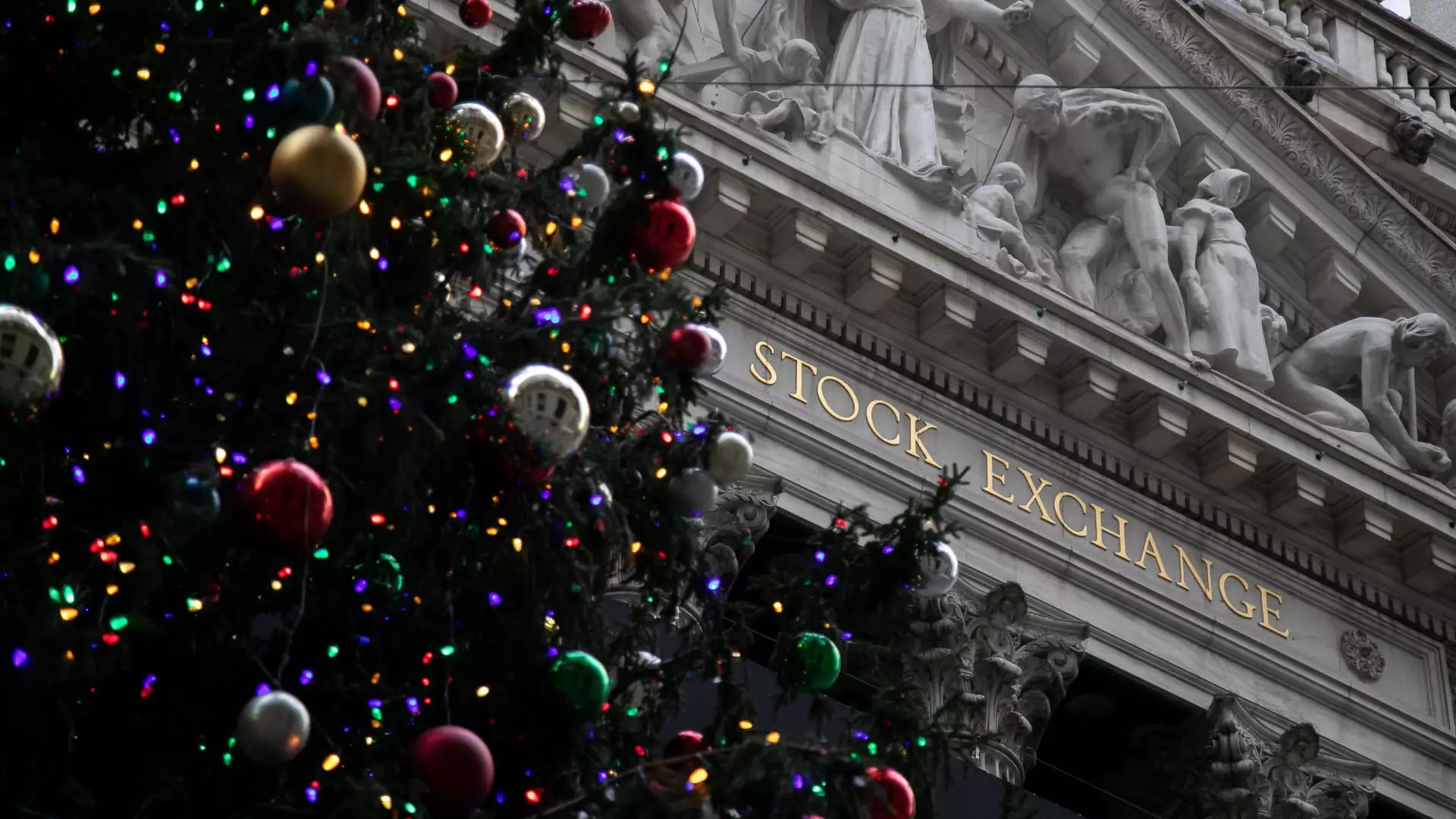The Federal Reserve’s preferred inflation gauge will be closely monitored next week as investors seek further confirmation that price pressures are easing. After a recent dovish pivot from the central bank, which pushed the Dow Jones Industrial Average into record territory, market participants are eager to gauge the effectiveness of the Fed’s efforts to cool inflation. The upcoming release of the November personal consumption expenditures index (PCE) is expected to provide valuable insights into the current trend and potential future actions by the Fed. This article aims to analyze the overall market sentiment, investor confidence, and the potential impact of the PCE data on stock prices and treasury yields.
The Dow Jones Industrial Average rallied more than 2% this week, reaching an unprecedented closing level above 37,000 points. This surge can be attributed to the Fed’s decision to hold rates steady and signal the possibility of rate cuts in the coming year. Consequently, Treasury yields dropped, with the 10-year yield falling below the 4% level for the first time since August. This combination of stock market gains and declining yields reflects the optimism among investors about the Fed’s ability to manage inflationary pressures effectively.
However, it is essential to recognize that investor sentiment can be fragile, and any indication that the Fed may not follow through with rate cuts in 2024 could have a negative impact on stock prices. New York Fed President John Williams’ statement that rate cuts are not currently a topic of discussion dampened sentiments on Friday, emphasizing the significance of the Fed’s actions in the eyes of investors.
The upcoming release of the November PCE data is expected to confirm the trend of easing inflationary pressures. Bank of America predicts that the core PCE, which excludes food and energy prices, will only see a marginal gain of 0.1% for the month, resulting in a yearly increase of 3.2%. These figures align with the Fed’s target inflation rate of 2% and would provide further validation to the central bank’s efforts to cool inflation.
The PCE data assumes great importance as it serves as an indicator of consumer spending, a significant driver of the economy. Any signs of sustained inflationary pressures would prompt the Fed to reconsider its stance on rate cuts, potentially undermining investor confidence and leading to a correction in stock prices.
The week ahead is expected to be characterized by lighter trading volumes as investors prepare for the holiday season. However, the expiration of stock options, stock index futures, and stock index options contracts on Friday, known as the Triple Witching Day, could lead to increased market volatility and elevated trading volume.
In terms of corporate earnings, notable releases include FedEx on Tuesday, General Mills on Wednesday, and Nike on Thursday. Investors will closely monitor these reports for insights into the state of the consumer and the overall market conditions, particularly in relation to China. These earnings announcements could provide additional clarity and potentially impact market sentiment.
Despite the potential for short-term market volatility, many investors anticipate a continuation of the so-called Santa Claus Rally. Historically, this period between Christmas Day and January 2 has witnessed broad-based market gains. Jay Woods, Chief Global Strategist at Freedom Capital Markets, notes that while markets are currently overbought, the tailwinds behind the rally remain strong.
As investors await the release of the November PCE data, the market’s focus on inflationary pressures and the Fed’s response intensifies. The recent surge in stock prices and declining Treasury yields reflect the optimism surrounding the Fed’s ability to tackle inflation adequately. However, any deviation from the expected trajectory of rate cuts could negatively impact investor sentiment. As we head into the holiday season, market participants remain hopeful for a continuation of the Santa Claus Rally, but remain mindful of potential short-term volatility. The PCE data will serve as a crucial determinant of market outlook and the Fed’s future actions.

Leave a Reply